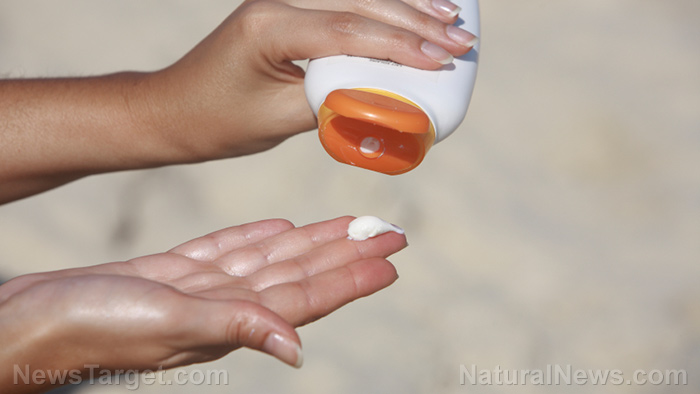Where you get your fish matters: Researchers discover over HALF of the fish from polluted waters are contaminated with mercury
03/12/2020 / By Ralph Flores

Fish is an important component of a healthy diet. The American Heart Association even recommends eating two servings of fish every week to reduce the risk of cardiovascular disease. But that benefit comes with a warning: Make sure that you’re getting the right kind of fish, as some types of fish have high levels of pollutants, PCBs (polychlorinated biphenyls) and mercury. The last one, in particular, is linked to a wide range of side effects, like kidney and nerve damage.
A study published in the Annals of Agricultural and Environmental Medicine looked at mercury levels in fish caught from a heavily polluted region in eastern Slovakia. In their paper, researchers from Pavol Jozef Safarik University sampled fish and fish products from the Ruzin water reservoir and assessed mercury levels for each.
Finding its way into the food chain
People often think of mercury as the shiny, silvery liquid metal in old thermometers, which the Environmental Protection Agency phased out in industrial and laboratory settings in 2012. It’s worth noting, however, that the element — which also goes by the names quicksilver and cinnabar — can find its way into the environment through natural off-gassing from the Earth’s crust or, in most cases, industrial pollution.
The team looked at the Ruzin water reservoir, a heavily polluted body of water in Kosice, a region in Slovakia known for intensive mining and ore processing. An earlier study found high levels of heavy metals, such as arsenic, nickel, mercury, cadmium and antimony, from sediments collected in the reservoir. This level of contamination, according to the researchers, can potentially affect fish in the area, including carp (Cyprinus carpio), pike-perch (Sander lucioperca), European perch (Perca fluviatilis), northern pike (Esox lucius) and tench (Tinca tinca).
To put their theory to the test, they collected over 350 samples of fish and fish products, which they either caught or purchased in the area. The team tested the samples for mercury and found that over half of their samples had mercury levels exceeding the allowable amount. This can lead to significant health problems, such as impaired brain function and increased risk of heart disease. Young children and women who are planning to be (or currently are) pregnant have an increased risk of developing side effects related to mercury exposure.
“The potential elements with higher levels of mercury are included in seafood, products of prey and marine fish, fish from rivers and lakes in the areas contaminated by mercury,” they concluded in their report. Their report, which was supported by the country’s Ministry of Education, Science, Research and Sport, also recommends avoiding eating contaminated fish from the Ruzin water reservoir, especially for at-risk groups like women and children. (Related: These fish test high for mercury… are you poisoning yourself at dinner?)
Add these fish to your diet without fear
The study highlights an important factor when it comes to eating fish – where it comes from. But that’s not to say that you should avoid eating fish altogether. Here are some delicious (and low-mercury) fish to add to your next meal.
- Cod: This white fish is rich in protein, phosphorus and vitamin B12.
- Mackerel: When choosing mackerel, opt for smaller varieties – king mackerel is a high-mercury fish.
- Salmon: Wild-caught Alaskan salmon is far superior to its farmed relatives, thanks to its higher omega-3 and nutrient profile.
- Sardines: This oily fish is rich in omega-3s and other vitamins.
- Alaskan pollock: This fish is great for fish sticks, thanks to its mild flavor.
FoodScience.news has even more studies on mercury contamination in fish and seafood — and how to avoid it.
Sources include:
GovInfo.gov [PDF]
Tagged Under: fish, food contamination, food safety, mercury, poison, seafood, toxic ingredients, toxins




















